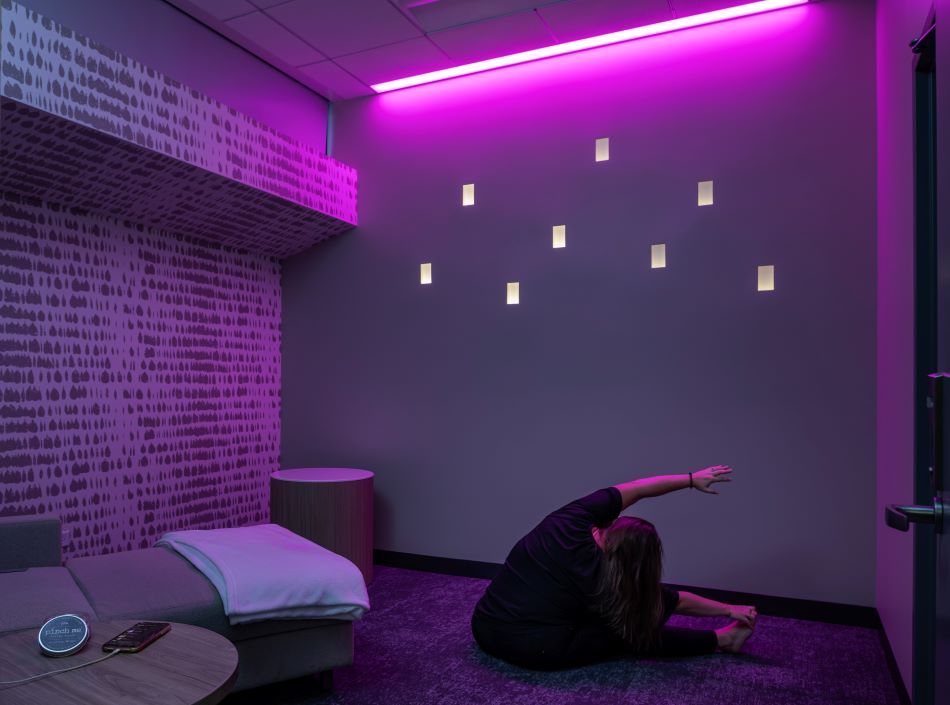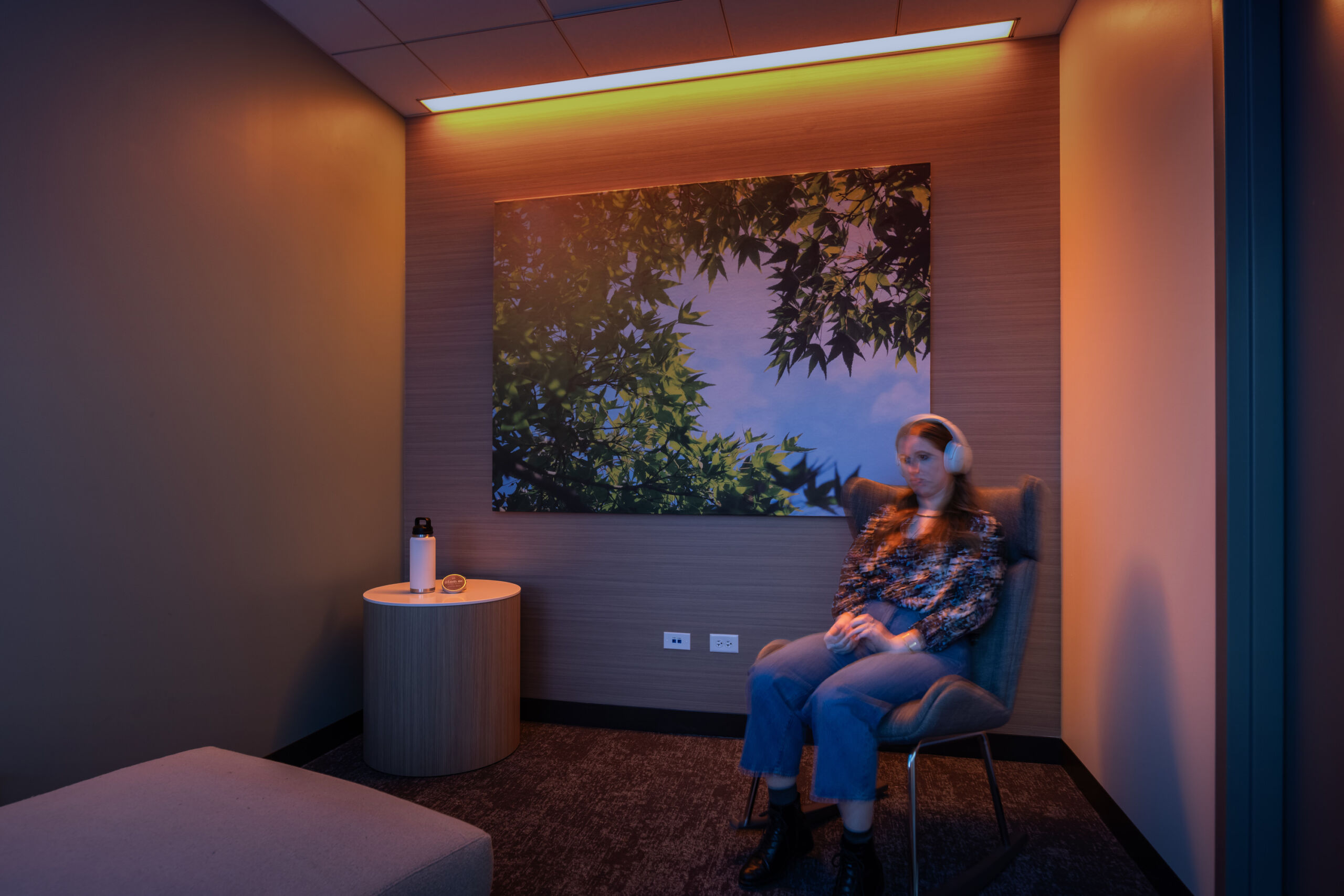During National Police Week 2024, we look at the current innovations in policing that are focused on improved efficiency, enhanced training, and mental and physical wellness for today’s first responders
The future of policing will leverage advanced technology for better training and crime resolution, as well as consider officers’ health to more adequately address mental and physical well-being concerns that are faced by first responders. And in the interest of public safety, at the future also will have to consider how these factors are shaping the workplace experiences of first responders and the way in which they interact with the communities in which they serve.
Training for police recruits should be centered on critical thinking and values-based decision-making rather than being centered on technical skills such as firearm operation, according to a 2022 report from the Police Executive Research Forum. The report suggests that stress-based, para-military approaches to recruit training reflect low-frequency, high-risk scenarios, but do less to inform recruits about more common scenario-based exercises that they will more likely encounter in the field. The stress-based bootcamp approach conflicts with training that is more frequently requested of officers to demonstrate, such as skills in de-escalation, critical thinking, and communications.
Emphasizing soft skills with VR
To this end, the increased affordability and accessibility of virtual reality (VR) technology has helped shape scenario-based experience training for recruits and officers. VR training scenarios — such as Trainer, developed by Jigsaw and Google — utilize immersive video technology and natural language processing. Much like a video game, this technology allows for participant-defined outcomes as characters in training scenarios are able to respond to questions and commands in real-time, varying according to the participant’s language and behavior.
In an example of public-private partnership, Ohio University students worked with local law enforcement agencies in the development of their Cine-VR training program beginning in 2021. The program made use of affordable 360-degree cameras and VR headsets to develop training that was focused on active listening and neutral responding for Appalachian law enforcement agencies. The FBI National Academy recognized the Cine-VR training program with the Science and Innovation Award last year.
Using brain science & design to promote workplace wellness
After the COVID-19 pandemic, conversations about the physical impact of stress on first responders have become more commonplace. Alarming statistics have for some time pointed to the increased rate of suicide among first responders as well as higher rates of depression and post-traumatic stress disorder.
To help combat this, the Police Executive Research Forum recommended bringing families of recruits into law enforcement training early in the process to help build the recruits’ support system and to give families a better understanding of the nature of the field.
Interestingly, there also is a growing effort to leverage environmental design to help first responders to counteract the impact that high stress has on their nervous systems. For example, FGM Architects worked with brain scientist Dr. Joel Robertson to integrate sensory components in the design of the Cook County (Ill.) Sheriff’s office quiet room. This facility houses Sheriff’s department operations and the 911 dispatch center which serves 14 counties. The quiet room incorporates chromotherapy (colored lights), soundscapes, and diffused essential oils to reduce stress levels among first responders, especially after repeated exposure to high-stress interactions.


While these environmental improvements may remind some of a spa-like atmosphere — the Marietta (Ga.) Police Department jokingly calls their wellness room the Zen den — science has found that tunable lighting that can shift the color temperature of light can significantly impact an individual’s overall mood and lower stress levels. These environmental changes are one way that police administration officials hope to address perpetual employee retention and staff burnout issues that impact emergency all centers.
Taken together, all these initiatives are placing a needed focus on officers’ community interaction and physical and mental well-being. However, technology is also bringing other tools to the table to improve police work.
Real-time crime centers strive for more efficient policing
For example, tech-empowered real-time crime centers have become a way to improve efficiency and effectiveness in crime investigation and prevention. And while real-time crime centers are by no means new — the first one was launched by the New York Police Department after the September 11 terrorist attacks more than two decades ago — their growth and rapid adoption of emerging technology has happened quietly in recent years.
Real-time crime centers allow law enforcement officers to more efficiently and effectively police their jurisdiction by capitalizing on a wide and expanding range of technology, according to the Bureau of Justice Assistance. These centers can then synthesize surveillance data across the internet and by using devices such as surveillance camera networks, body-worn cameras, residential video doorbells, audio recording devices designed to pick up explosive sounds like gunshots, as well as license plate readers and facial recognition software. The Hartford (Conn.) Police Department makes use of a network of 750 surveillance cameras throughout the city, as well as user-generated information such as social media posts, to solve crimes more quickly. Their department has found that video components in investigations lead to an increase in solvability, and the department has subsequently seen their homicide resolution rate increase in recent years.
The Springfield (Mass.) real-time analysis center also makes use of body-worn cameras, video analytics software, gunshot detection systems, license plate scanners, and a third-party investigative platform to enhance policing efficiency and effectiveness. The department was able to arrest and charge a sexual predator through use of the investigative platform and information gathered from social media posts, while going off of limited data points including a first name and an erroneous street name. The Springfield Police Department empowers residents to be more informed through their use of an online, real-time crime map.
The future of policing is certain to make use of these advanced-tech tools and innovative work processes to further enhance officers’ ability to serve the public more effectively while at the same time providing ways for officers to reduce their stress and take care of their own mental health.
You can find more blog posts on Law Enforcement issues here.







